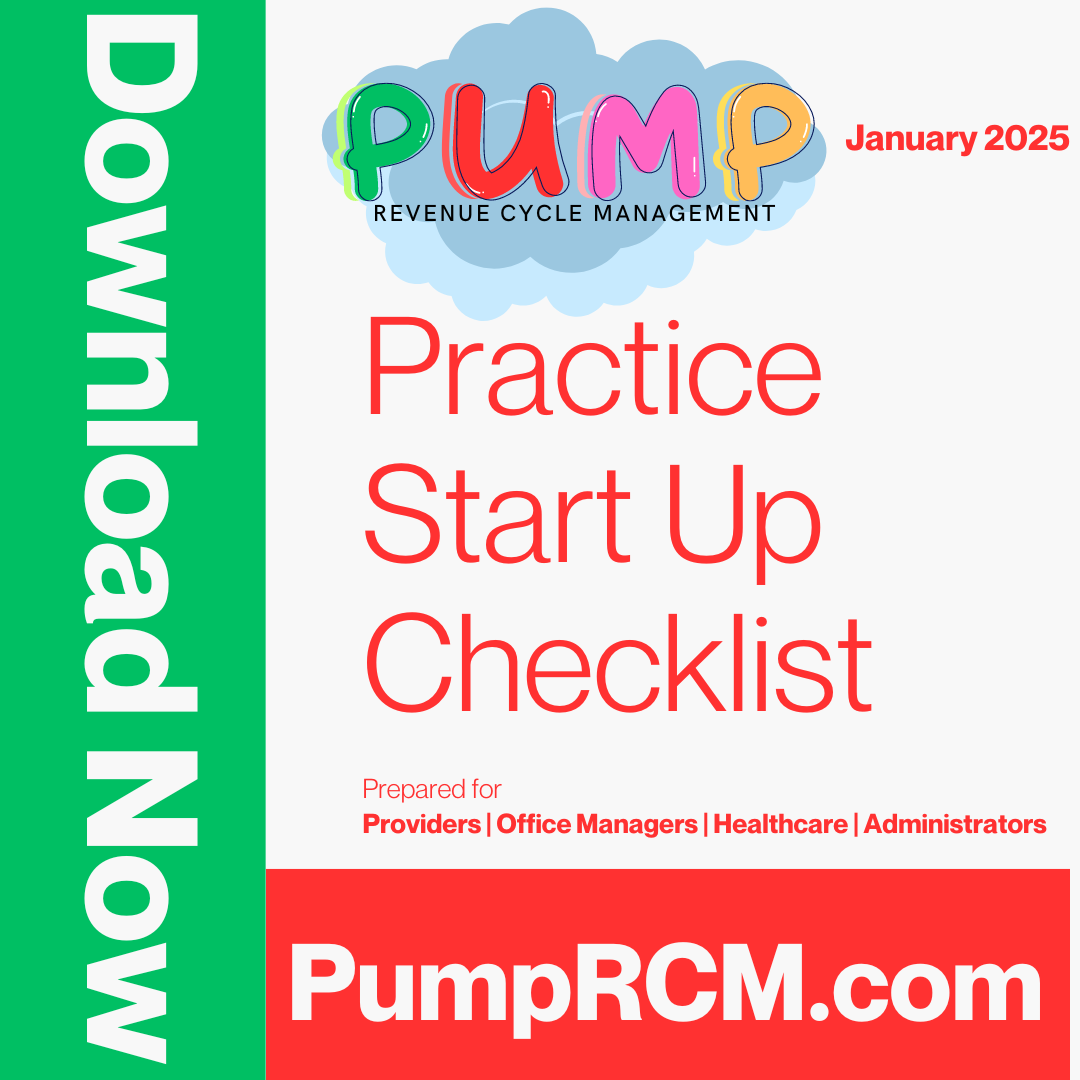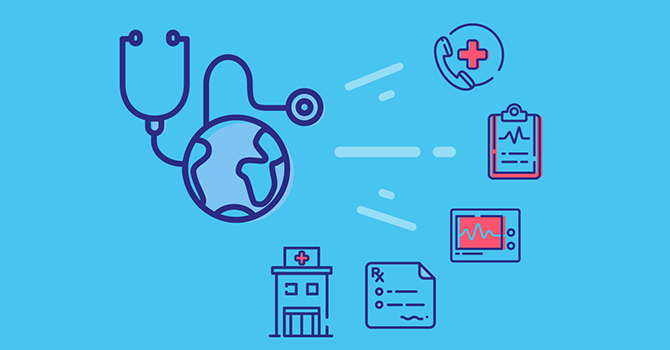How Healthcare RCM Solutions Streamline Invoicing and Collections
How Healthcare RCM Solutions Streamline Invoicing and Collections
Blog Article
A Comprehensive Overview on Just How Medical Care RCM Functions to Improve Billing and Collections
Browsing the complexities of health care earnings cycle administration (RCM) is critical for service providers intending to enhance their invoicing and collections procedures. The guide unboxes the ins and outs of RCM, from individual registration to accounts receivable administration, providing understandings right into maximizing each step.
Recognizing Income Cycle Monitoring
Realizing the ins and outs of Revenue Cycle Monitoring (RCM) is essential for healthcare organizations aiming to enhance their economic efficiency. RCM is an essential administrative function that includes the whole economic procedure of client treatment, from the preliminary appointment readying to the last payment of the equilibrium. It is an intricate procedure developed to identify, collect, and manage the revenue from the services provided to patients. Reliable RCM makes certain that doctor get exact and prompt repayments, lessening the danger of profits loss and enhancing money flow.
The RCM process starts when a client schedules a visit and extends via the individual's care trip, including payment and collections. An essential purpose is to minimize the time between giving a solution and getting repayment, hence improving the company's financial wellness. RCM involves numerous functions such as person registration, insurance confirmation, fee capture, coding, declares submission, repayment posting, and taking care of allures and denials.
Secret Elements of RCM
In the realm of Profits Cycle Monitoring (RCM), understanding its crucial components is basic to achieving economic efficiency within medical care companies. RCM is a detailed procedure that encompasses different phases, each critical to making sure reliable billing and collections. The primary elements consist of person registration, insurance coverage confirmation, cost capture, coding, claim submission, repayment uploading, and receivable management.

As soon as coded, cases are submitted to payers, where accuracy is critical to stay clear of beings rejected or hold-ups - Healthcare RCM. Settlement publishing entails recording the obtained settlements, which permits for the reconciliation of accounts. Lastly, balance dues monitoring concentrates on monitoring and attending to overdue claims, guaranteeing prompt follow-up and resolution
Each component of RCM is adjoined, and inefficiencies in any type of component can interrupt the whole cycle. As a result, understanding these components is essential for doctor to enhance income and improve their monetary health and wellness.
Techniques for Efficient Billing

Standardizing billing procedures throughout the company is one more essential approach. Establishing clear guidelines for paperwork, coding, and entry aids keep consistency and conformity with regulatory requirements. Training staff on a regular basis on these procedures guarantees everyone is current with the most recent modifications in invoicing codes and payer policies.
Exact charge capture is important in preventing earnings leakage. Implementing normal audits and tracking systems enables the recognition and adjustment of disparities before they affect profits. Furthermore, keeping open lines of interaction with payers helps to promptly fix any disagreements or misunderstandings that might occur.

Finally, appealing clients early in the billing procedure by giving clear price quotes and instructional products regarding their financial responsibilities can significantly reduce complication and enhance payment timeliness. These strategies jointly add to a much more efficient and monetarily healthy and balanced invoicing system.
Enhancing Collections Procedures
A durable collections procedure is crucial for maintaining financial security within healthcare companies. Given the complexities of clinical billing and the range of payer requirements, improving the collections procedure involves applying tactical actions that guarantee accurate and prompt repayment of services made. Central to this is using technology to automate and enhance procedures, decreasing hands-on mistakes and improving performance. Automation tools can help in tracking case statuses, sending out prompt pointers to individuals, and taking care of denials a lot more effectively.
Clear and clear patient interactions are critical. Supplying comprehensive explanations of fees and providing adaptable repayment strategies can boost patient contentment and timely settlements.
Routine audits of the collections procedure must be conducted to recognize areas for renovation and make sure compliance with laws. By evaluating information, health care organizations can determine trends, expect potential concerns, and adjust methods appropriately (Healthcare RCM). Inevitably, a well-enhanced collections process not just sustains financial health but also adds to a much more smooth experience for individuals and team alike
Optimizing Revenue Streams
Structure upon the structure of a solid collections process, healthcare companies can better boost their monetary stability by purposefully optimizing earnings streams. This involves a multi-faceted technique, starting with a comprehensive analysis of existing profits resources to identify ineffectiveness and company website locations for development. Employing advanced data analytics tools makes it possible for companies to gain insights into payer mix, individual demographics, and solution application patterns, allowing for data-driven decisions that enhance profits capture.
Applying automated billing systems can considerably minimize errors and accelerate insurance claims processing, making sure that profits is gathered more efficiently. Additionally, enhancing payer contracts see this site through regular negotiations can improve repayment prices and terms, straight affecting the bottom line. Branching out service offerings, such as incorporating telehealth or wellness programs, can also attract a broader patient base, hence raising revenue capacity.
Another essential element is improving patient engagement and complete satisfaction, as pleased clients are most likely to stick to treatment strategies and make prompt repayments. Providing flexible settlement choices and transparent payment methods can improve collections and foster person commitment. Healthcare RCM. By adopting these approaches, healthcare companies can produce an extra durable financial framework, making sure sustained development and stability in an ever-changing market landscape
Conclusion
To conclude, healthcare Earnings Cycle Administration (RCM) plays a vital role in enhancing billing and collections procedures by integrating vital elements such as individual enrollment, insurance coverage verification, charge capture, coding, declares submission, and balance due management. By utilizing innovative modern technology, systematizing treatments, and fostering person engagement, medical care companies can significantly minimize case denials, speed up settlement cycles, and enhance capital. This comprehensive technique to RCM ultimately leads to boosted economic effectiveness and sustainability for medical care organizations.
The RCM process begins when a client timetables an appointment and prolongs via the patient's care journey, consisting of invoicing and collections.An additional critical component is improving individual interaction and complete satisfaction, as pleased individuals are extra most likely to stick to therapy strategies and make prompt payments. Using adaptable settlement alternatives and transparent Full Article billing methods can enhance collections and foster individual commitment.In verdict, medical care Profits Cycle Monitoring (RCM) plays a crucial role in optimizing invoicing and collections processes by integrating crucial elements such as patient enrollment, insurance policy confirmation, cost capture, coding, declares submission, and accounts receivable management. By employing innovative modern technology, systematizing procedures, and fostering patient involvement, medical care carriers can significantly reduce case rejections, speed up settlement cycles, and improve money flow.
Report this page